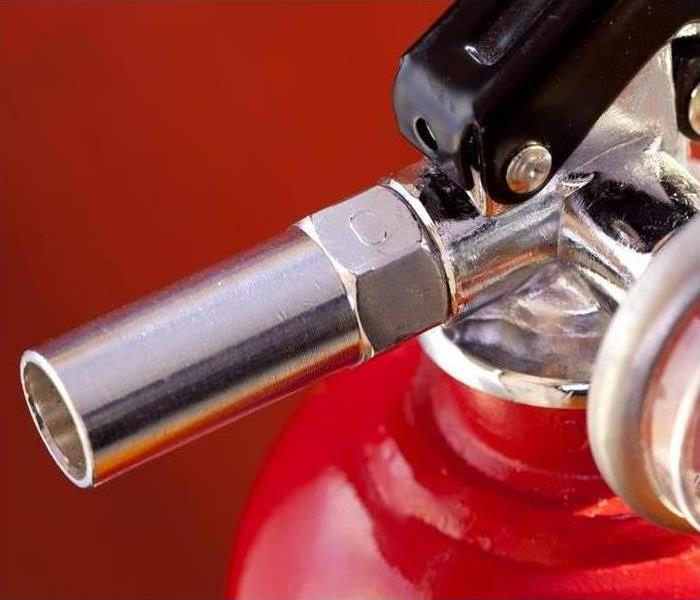Fire Extinguisher 101
10/8/2019 (Permalink)
Ensuring your home has at least one working fire extinguisher is one of the first steps toward fire preparedness. However, these important tools can come in a variety of styles. Here are a few tips for choosing the right extinguisher for your home.
1. Consider the Chemical Rating
Many extinguishers include an A, B or C rating to help you know which home fire type it is rated for. The A rating is used for dry combustible materials such as paper or wood, while the B rating indicates effectiveness against flammable liquids. Both of these ratings should have a number after the letter. These numbers indicate the effectiveness level with higher numbers being more effective than lower. The C rating indicates that the extinguisher materials are non-conductive, and may be used in the event of an electrical fire. There is no numeral indicator for C ratings.
2. Look at the Valve Type
There are two types of valves your fire extinguisher may come with. A plastic valve indicates the extinguisher is disposable and will need to be replaced after time or after being used. A metal valve is used for refilling the tank when the pressure gets low over an extended period of time, or after use. Most extinguishers include a gauge to help you determine when a refill may be necessary.
3. Keep the Size in Mind
Extinguishers can come in a variety of sizes. The size you choose may depend on the location it is intended for. Large extinguishers should be kept in areas where a fire may grow quickly, while small to medium extinguishers are best for quick grab situations. In all cases you should know how to properly use your fire extinguisher and follow proper fire safety protocols.
Whatever type of fire extinguisher you choose, remember to read the instructions for its use. It’s also important to keep your extinguisher in working order by checking the pressure and age readings, and having your extinguisher refilled or replaced when needed.





 24/7 Emergency Service
24/7 Emergency Service
